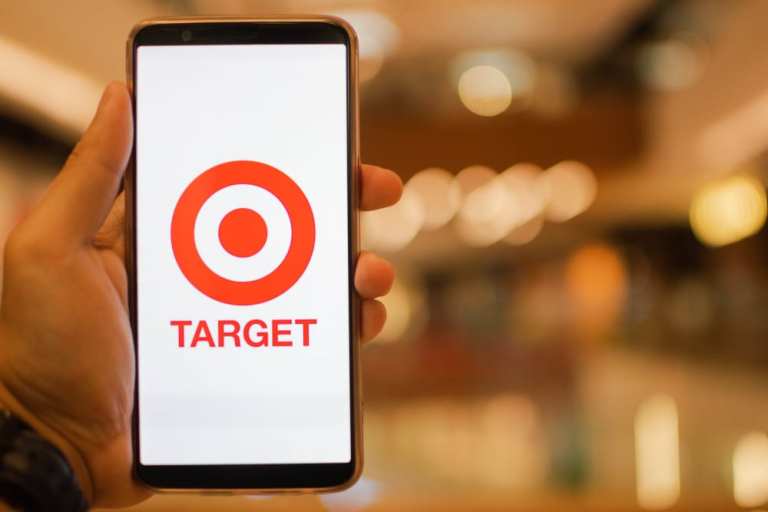Retailers Make Bigger Moves Into Digital Advertising

It’s not enough to just be a retailer these days, it seems. Digital ads are also part of the process — at least that’s the story coming from recent developments involving major merchants.
Take Target as one example.
The retail chain reportedly has been in discussions with Triad Retail Media, the retail advertiser owned by WPP PLC, to acquire it. The deal is aimed at increasing Target’s digital advertising efforts. Triad’s main business is selling advertising space on the websites of retailers and helping brands create digital advertising campaigns. The Wall Street Journal reported that talks are in the early stage and could break down. WPP had purchased Triad for about $300 million in 2016 from Rockbridge Growth Equity, the private equity firm.
Amazon’s Pace
Target and Walmart are trying to take a page from Amazon, which has morphed into a huge seller of ad space and is now the third largest online seller of ad space in the U.S. It is now only behind Google and Facebook. Citing eMarketer, the paper said Amazon’s ad business is expected to generate $11.3 billion this year.
As for Amazon, the eCommerce operator wants to capture a piece of the $129 billion digital advertising space and reportedly will sell video ad spots on its mobile app. The initiative has been in the beta stage for a few months on Apple’s iOS platform, with plans to bring it to Android later in the year. The spots will appear after a user searches for something on the shopping app, the rationale being that people who search for products within the app tend to purchase more often than those who are perusing Facebook or YouTube.
Amazon, which captures about half of all online sales, has been steadily growing its footprint in the digital advertising space. The company’s digital ad market share is expected to go up 2 percent this year, from 6.8 to 8.8 percent, according to EMarketer. Google is expected to lose share and drop to 37.2 percent from 38.2 percent.
Amazon’s advertising space currently sells space for brand logos, photos and descriptions of products, which are basically the equivalent of static billboards. The reason Amazon hasn’t delved into video is because it didn’t want to hamper the shopping experience for its users, so instead it used information about the product itself.
Video Ad Growth
Brands are expected to spend more on video ads this year, as the medium becomes more and more common on smartphones. They are expected to spend almost $16 billion on video ads, which is up 22.6 percent in 2018.
Advertisers are increasingly spending money on brief ad snippets as people continue to shift viewing habits; these types of videos are already fairly common on Facebook and Google. Amazon will require a $35,000 ad budget to run spots at 5 cents per view for about two months. The prices can vary by category, one unnamed source told Bloomberg.
Collin Colburn, an analyst at Forrester Research, said it opens new avenues for Amazon. “They roll out these new experiences slowly to see if it disrupts the shopping experience and see if it’s something advertisers want,” he said. “This creates a new format for them and another way to sell space on the platform.”
For Target, the the purchase of Triad would enable the retail chain to expand those ad-selling efforts. Walmart is also boosting its efforts on that front. According to The Wall Street Journal, Walmart announced plans to bring digital advertising in-house after ending its relationship with Triad. It is also tapping user data to sell its products across different digital platforms and is reportedly hosting an event in May to lure marketers to its websites.
Retail in these days of digital commerce and payment is about much more than simply retail, and these advertising moves demonstrate that.